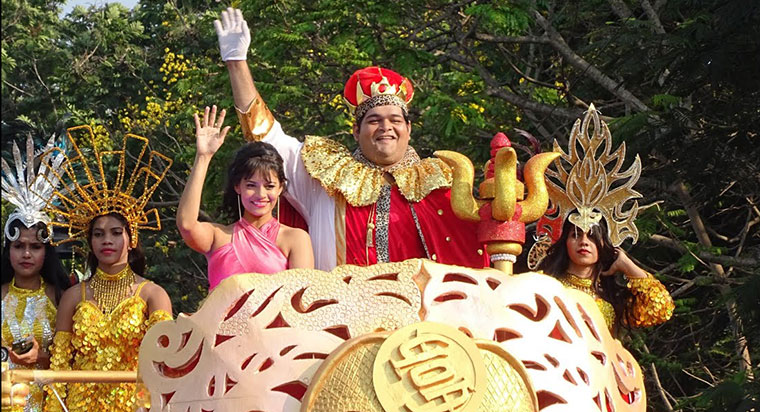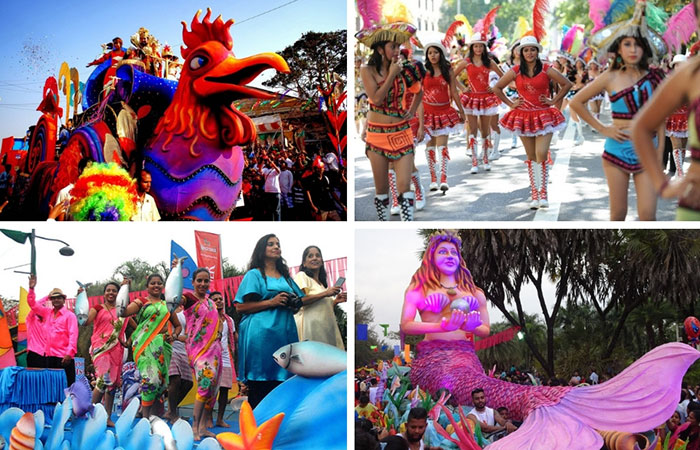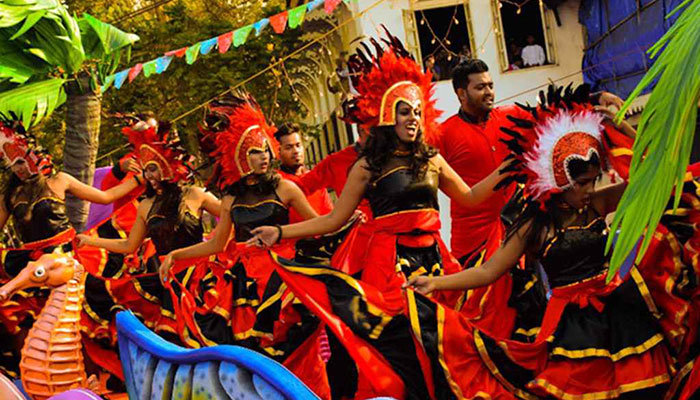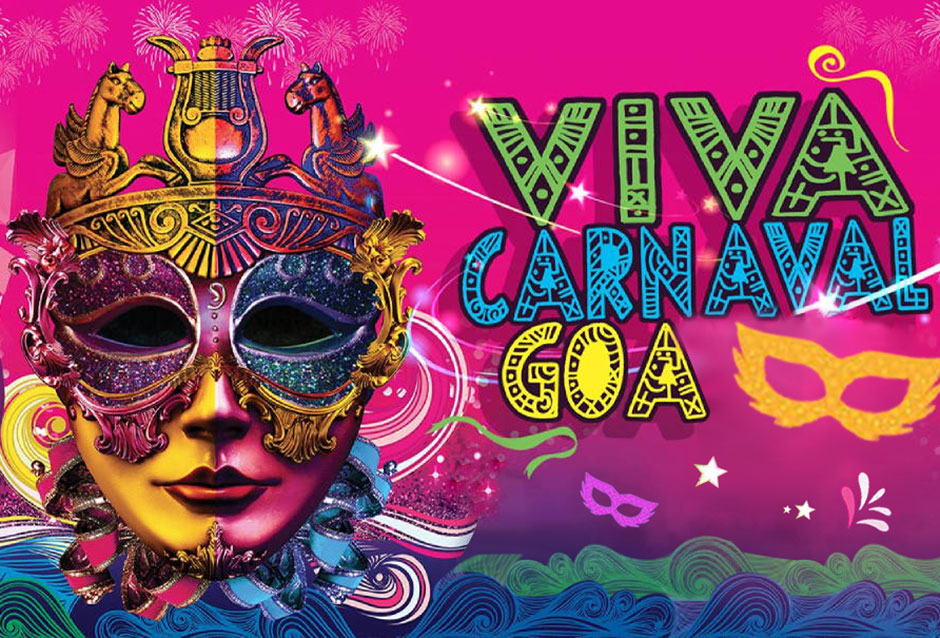Being a country with diverse cultures, India definitely has multiple festivals and occasions to celebrate. Goa’s much-awaited annual traditional cum modern revelry fest is finally here - CARNIVAL!
For over decades now the Goa Carnival has been a three-day extravaganza affair across the state which usually takes place either in the month of February or March. However, since last year the Carnival celebrations have been stretched to four days at length. This year, the Goa Carnival is scheduled to commence on March 2nd and will continue until the 5th of March in different cities across the beach state.
Many people out here do not know the origin of this festival, what it signifies and why it is celebrated. To truly enjoy the spirit of this festival it is important for one to understand the actual meaning of Carnival.
CARNIVAL: IT’S ORIGIN AND PURPOSE
The word Carnival is derived from the original word Carnaval. The Goa Carnival, unique to Goa, has over 500 years of history and dates back to that time when Goa was a Portuguese colony. Sources say that the festival has its origin from ancient Rome while a few of the countries that have a population of Roman Catholicism have adopted this festival too. Goa being one among the many.
The Goa Carnival is basically celebrated before Ash Wednesday or Lent. During the period of lent Christians undertake fasting, repentance, self-control, self-discipline and spiritual discipline for 40 days as a religious observance before Easter. Therefore, Carnival presents an opportunity to indulge in celebrating, eating and drinking, which is usually prohibited during the Lent period.
KING MOMO

King Momo is so called after the original King Momo, who conducted the first-ever Goa Carnival in the 18th Century when the Portuguese ruled Goa. The legendary King Momo is the highest authority for these four days of Carnival. Every year, a person from the state is chosen to play King Momo - a mythological character who symbolically rules the state during the carnival time. The Goa Carnival Council decides who becomes King Momo. King Momo hosts a specially decorated float and leads the float parades held across Goa. Usually, a large gentle man essays the role of King Momo. He preaches the message of ‘Kha, piye aani majja kar’ i.e. ‘Eat, drink and make merry.’
FLOAT PARADE

Decorated floats are a very important feature of the Goa Carnival celebrations. These floats are innovatively designed and decorated according to themes. These themes are usually related to current affairs of the state, Goan culture and traditions, ecology and so on. The floats are also accompanied by artists, clowns, dancers, singers and performers.
CARNIVAL SCHEDULE
Every year the carnival float parade begins tentatively by 3:30 PM in the capital city of Goa – Panaji followed by other major cities/areas in the state.
The 2019 Carnival schedule is as follows - 2nd March in Panaji, 3rd March at Margao, 4th March at Vasco and Ponda and 5th March at Mapusa, Morjim and Curchorem.
THE SPIRIT OF UNITY
A lot of people from India and around the world come to Goa to attend the Carnival festivities. This festival is looked upon as a Christian one but people from different communities of Goa voluntarily participate in the same. The highlight of the Goa Carnival is that, the festival attracts people of all beliefs and faiths, be it as participants or spectators.
THE SAMBA SQUARE

The centrally located Jardin Garcia de Orta has been converted into the Samba Square for the four days so that people can come together and celebrate the festivities in true Samba style in the heart of the state capital - Panaji. The Samba Square, inspired by Brazil's lively carnival, is patched together through collaboration with the civic authority and other corporates like real estate firms, luxury car manufacturers and liquor labels to name a few.
To set the mood for the festivities, the street outside the beautiful garden has a number of food stalls, décor and lighting. Live entertainment is featured at the pergola in the garden all through the four days and on the massive stage set-up on the street with music played by popular bands from Goa. The traditional Red and Black dance is generally held on the last day of the carnival celebration.
Worried about entry tickets? You don’t need to be worried about tickets to witness and be a part and enjoy the Goa Carnival because this festival is absolutely free of cost and does not have any entry fees.
Have you witnessed Carnival and the Samba Square yet? If not, this March is the right time to do so!

